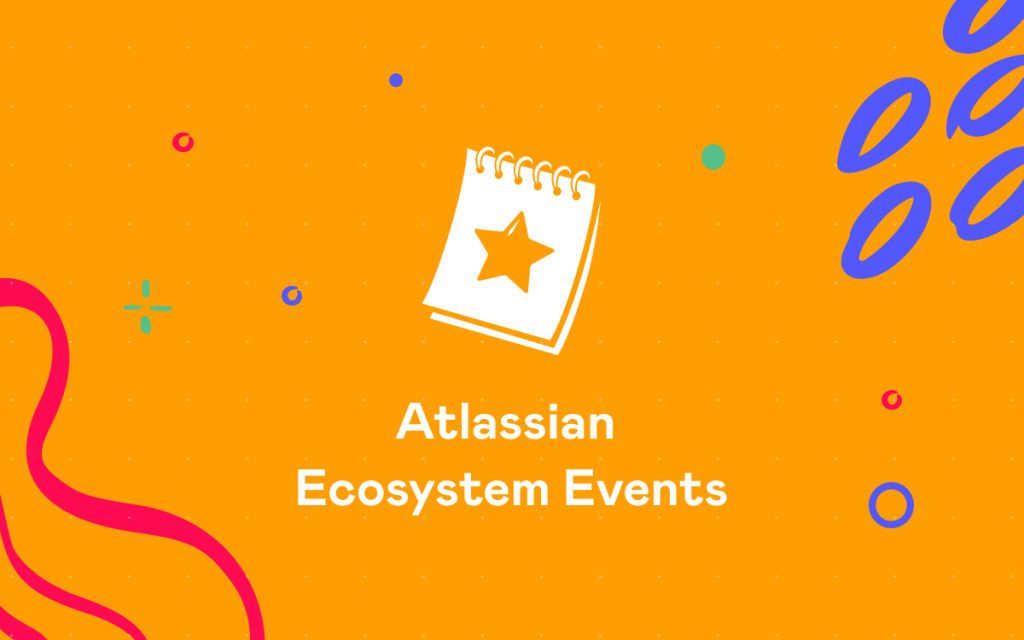How and Why to Migrate between Atlassian Server, Cloud and Data Center Applications

Atlassian applications are offered in the three different types of deployments:
Cloud. Atlassian deploys and maintains applications providing you with quick access to them. This way you are always up-to-date with all recent features. With a 7-day trial period and subscription-based pricing, Atlassian provides you with a great chance to try and adopt Atlassian software with minimal efforts.
Server. A lot of companies use this classic deployment option because it allows them receive full control over the application. A perpetual license and access to more than 3000 apps for Server products instead of 1000+ apps for Cloud tools make this option the most popular one at the moment. Server versions have a 30-day trial period.
Data Center. One of the benefits of using Data Center is that customers with high demands get enterprise-level clustered instances. High availability, scalability, enterprise features, and approved apps make Data Center a great choice for large companies looking to expand and scale fast. With a subscription-based pricing model, Data Center comes with a 30-day trial period.
What to choose?
The most suitable type of deployment depends on the size and structure of your enterprise, as well as it depends on the type of data that you use, security requirements, and more. Let’s compare these three options to help you choose the one that best suits your needs.
| Cloud | Server | Data Center | |
|---|---|---|---|
| Unlimited users | |||
| Administration-free | |||
| Quick deployment | |||
| Automatic updates | |||
| Custom domains (confluence.company.com) |
(atlassian.net domain is used) |
||
| Choice from supported databases | |||
| Direct access to the database | |||
| Perpetual license | |||
| Enterprise features (see details for Jira, Confluence and Bitbucket) |
|||
| High availability | |||
| Scaling | |||
|
Atlassian Marketplace apps |
Reasons to migrate between deployments
Cloud to Server
We think that this migration is the most popular one. However, companies sometimes prefer to migrate from Server to Cloud.
Fast-growing companies that start their Atlassian experience from Cloud can quickly get close to their storage or license user limits. In this case their business processes become more complex and they need customizations that Cloud can’t provide them with. Some companies may also join other companies, and each of them needs to get access to both companies’ data. Also, companies may have complex processes that can be significantly simplified by installing apps from the Marketplace that aren’t compatible with Cloud deployment. The best way to deal with these issues is migrating to Server deployment and possibly merging instances into one.
Sometimes companies split into two or more separate business units. Some of them don’t need strict security or complex processes as well as a lot of users and customizations. In these cases it looks more logical to decrease administration burden by moving to Cloud.
Server to Data Center
Another example is dynamically growing companies that actively use the wide set of features. After creating tons of projects and issues in Jira, or gigabytes of repositories in Bitbucket, or hundreds of spaces in Confluence their software slows down. It’s logical but it can adversely affect the quality of their work. The obvious way to overcome these problems is moving to Data Center. Using enterprise features (like project archiving in Jira), customers can decrease the number of issues. Also, there are other ways to improve performance and stability that are only available in clustered software (like separate application nodes for reporting and automation purposes).
Other migrations
There are no strict rules for migrations (but each case should be considered independently). It’s even possible to migrate from Cloud to Data Center and from Data Center to Cloud. That means that you can always stay with Atlassian software, regardless of the size of your company.
How to migrate between deployments with minimal impact on your business
Approaches to migrations differ depending on the size of your company, a number of business processes and their complexity, and other factors. You need to choose the right one.
If your company (as well as an instance of Atlassian software) is small, migration usually looks simple. Mostly, these are migrations from Cloud to Server. Usually, you can perform such migrations yourself, the process is well-documented and pretty simple. You can also ask your technical folks to do that as the process doesn’t require any specific skills. At the same time, there can be some obstacles that make this kind of migration more complex.
If the business is big, there are usually large amounts of data stored in your Atlassian software. These companies mostly migrate from Server to Data Center. This kind of migration is complex and requires a deep understanding of requirements and limitations to choose the right implementation. You need a team of well-trained professionals and a person whose role is to coordinate the team to get your applications migrated. Ideally, you should have an experienced Atlassian Certified specialist in your team to avoid the obstacles (the number of obstacles increases comparing to the previous case). Also, the process of migration and its result should be thoroughly tested to make sure the move went smoothly.
The alternative way is to get help from Atlassian Solution Partner company.
Atlassian Partners have a deep understanding of the ecosystem, they know every aspect of Atlassian software and typical challenges you may face during migrations. The most difficult thing in migration is to choose the right options from a wide variety of available options keeping in mind the unique needs of companies on a short-term and on a long-term basis. Also, Atlassian Partner competencies are confirmed by Atlassian Certifications and Atlassian Accreditations held by team members (it’s a part of the Partner Program requirements). Atlassian Solution Partners can help you accurately evaluate what exactly you need and get some recommendations on migration process. They can also support you during your migration and help you in resolving issues after that.
If you have any questions about migration or need some help in choosing the most suitable option, feel free to contact us. Ask us any questions for free!























